The Products You Need to Fix Five Common Nasty Foot Problems
I am very vain about my feet. There, I said it. (Foot fetishists love me, and now I’ve also said that!) But my feet, they are not without their issues — heels that are highly prone to cracking due to sandal abuse, toenails that are all jacked up from too much time spent at the gym, that sort of stuff.
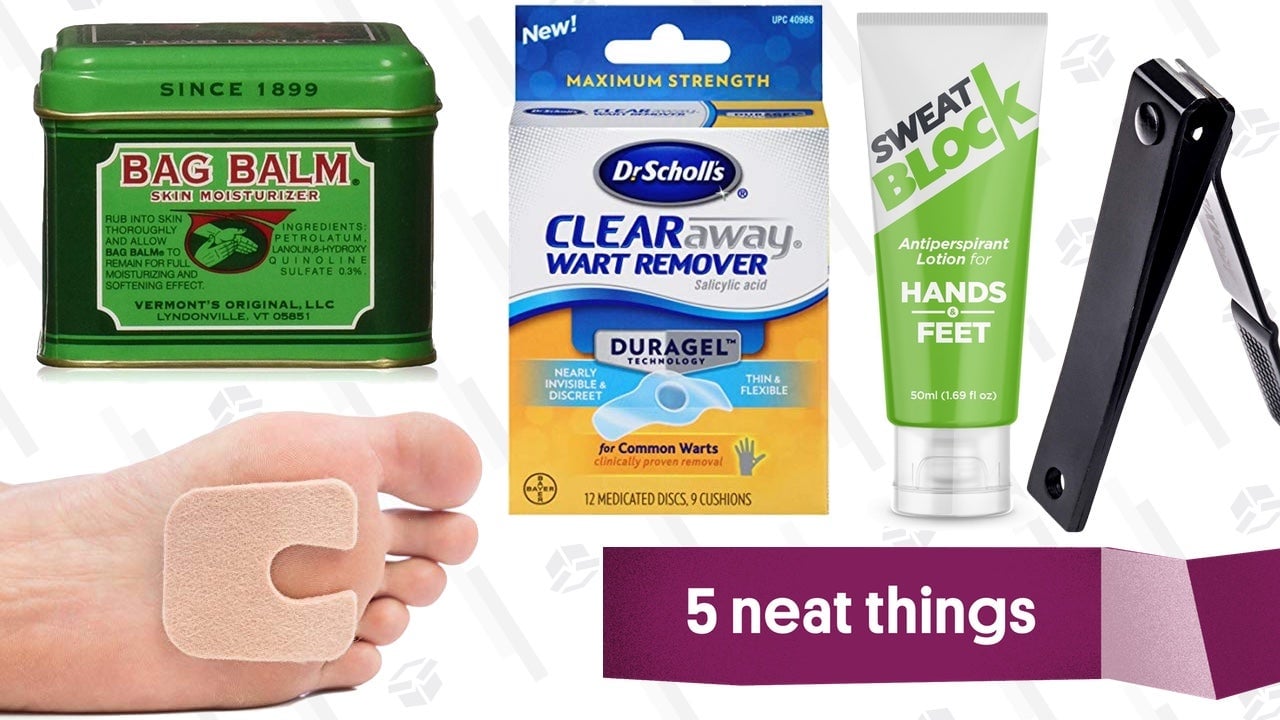
I am very vain about my feet. There, I said it. (Foot fetishists love me, and now I’ve also said that!) But my feet, they are not without their issues — heels that are highly prone to cracking due to sandal abuse, toenails that are all jacked up from too much time spent at the gym, that sort of stuff.
Suggested Reading
I tell you that to tell you this: Most of us have some sort of S T R U G G L E when it comes to keeping our feet looking human, so no one should feel bad or weird about it! There are easy ways to fix your hooves without spending too much time, energy or money and —thank you, internet! — you don’t even need to face another person when it comes time to buy, say, nail fungus treatment.
Related Content
Ask a Clean Person and Style Girlfriend are teaming up this month to bring you the latest on what to wear for spring and summer ... and how to care for your new wardrobe acquisitions. This week: exposed feet.
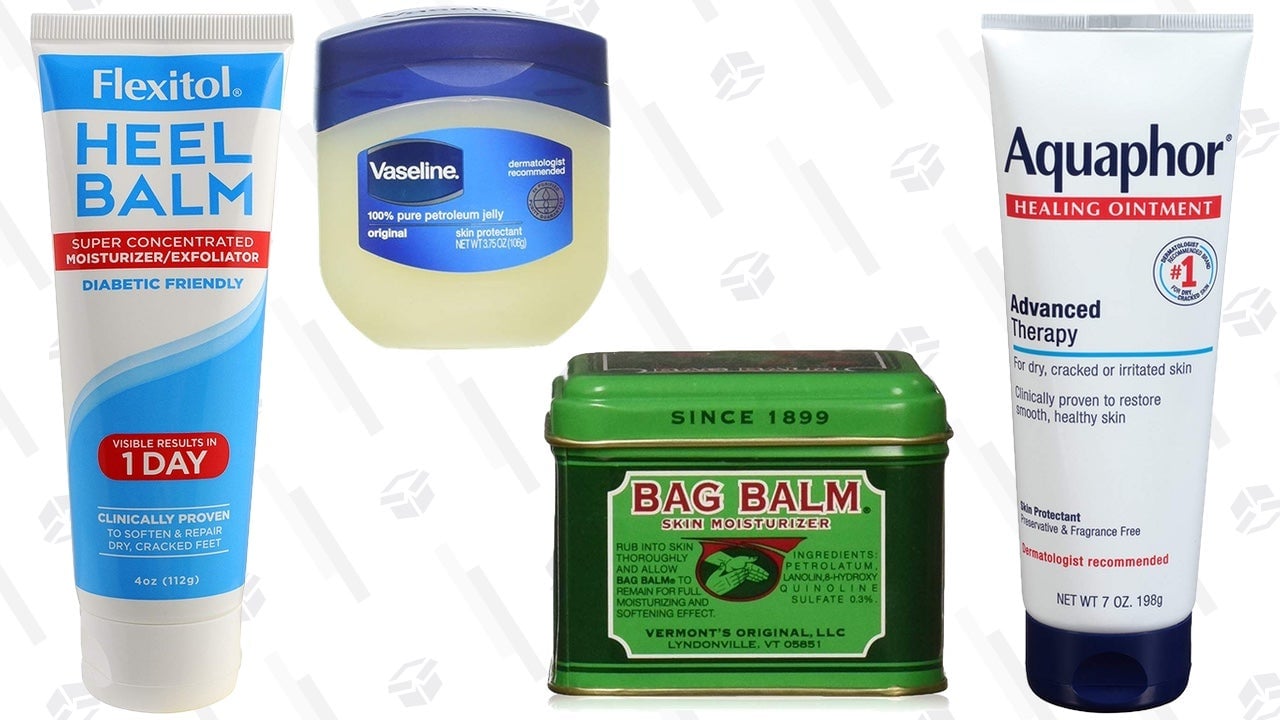
Alright, let’s start with this one since it’s the one I confessed to struggling with: Dry, cracked heels (ooof). When regular maintenance isn’t enough — either because you’re predisposed to cracked heels or because your footwear causes your feet to toughen up — the easiest and most effective treatment is to use a heavy duty foot cream or ointment. I have tried many of these! Flexitol Heel Balm is my go-to, but multi-purpose ointments like Aquaphor or Bag Balm, or even plain old Vaseline, work well too. These are best applied in the evening, or when you’ve got some quality lying-on-the-couch time planned, because you’ll want to cover your lubed-up feet with socks while the cream absorbs and softens up your skin.
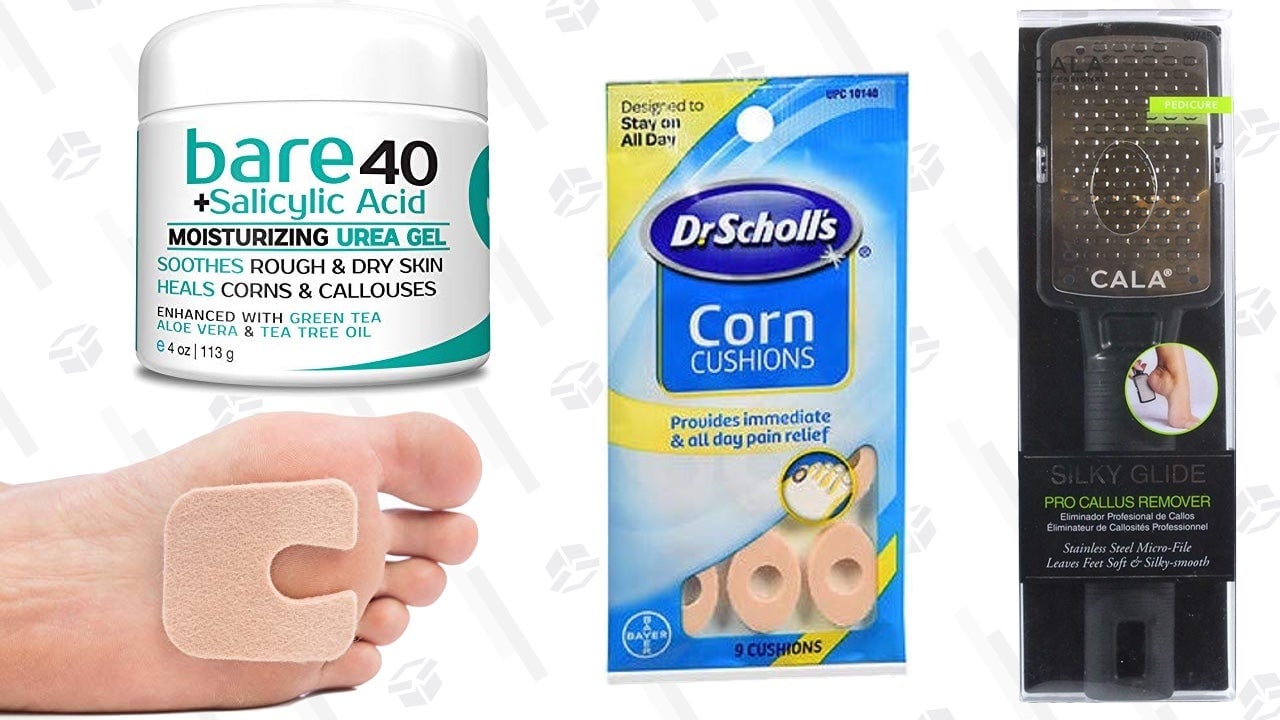
Corns and calluses are basically the same thing, hard patches of thick skin (sorry), they just occur on different parts of the foot — corns are the tops, calluses are the bottoms. There are creams that contain an ingredient called urea, like Bare 40 and Urea 40+, that can help to heal callused feet. Corn and callus pads can also help to relieve pressure if you experience foot pain; medicated corn pads can also be used instead of creams to treat and cushion a corn while it’s healing. A foot scraper used in the shower or bath will also help to treat both callused feet and dry, cracked heels.
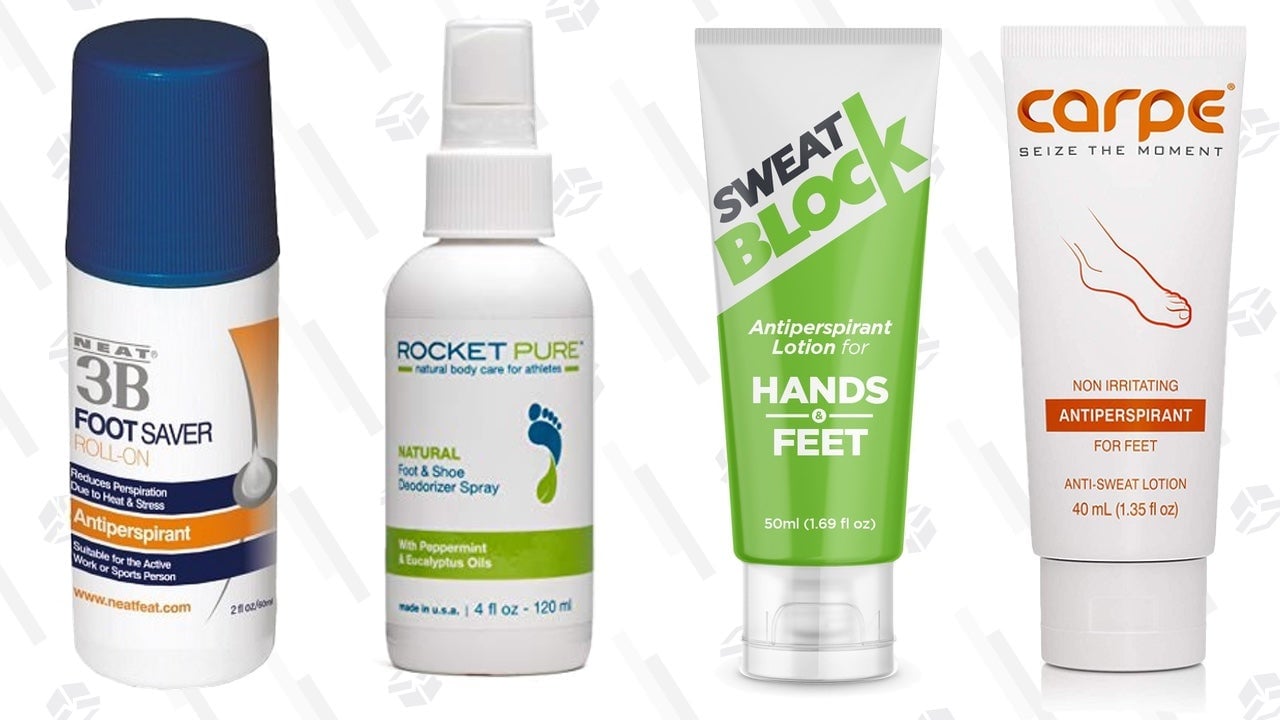
When foot powders aren’t cutting it when it comes to overactive foot sweat glands (I need new ways to apologize to you for all of this, is the thing), it’s time to level up and get yourself a foot antiperspirant and deodorant. They work just the way the ones for your ‘pits do, by controlling perspiration rather than just absorbing sweat the way powders do. Most formulas are either creams, like Carpe Antiperspirant and Sweat Block, or sprays like Rocket Pure Foot Deodorant, but roll-on formulas do exist if that seems like a more convenient application choice for you.
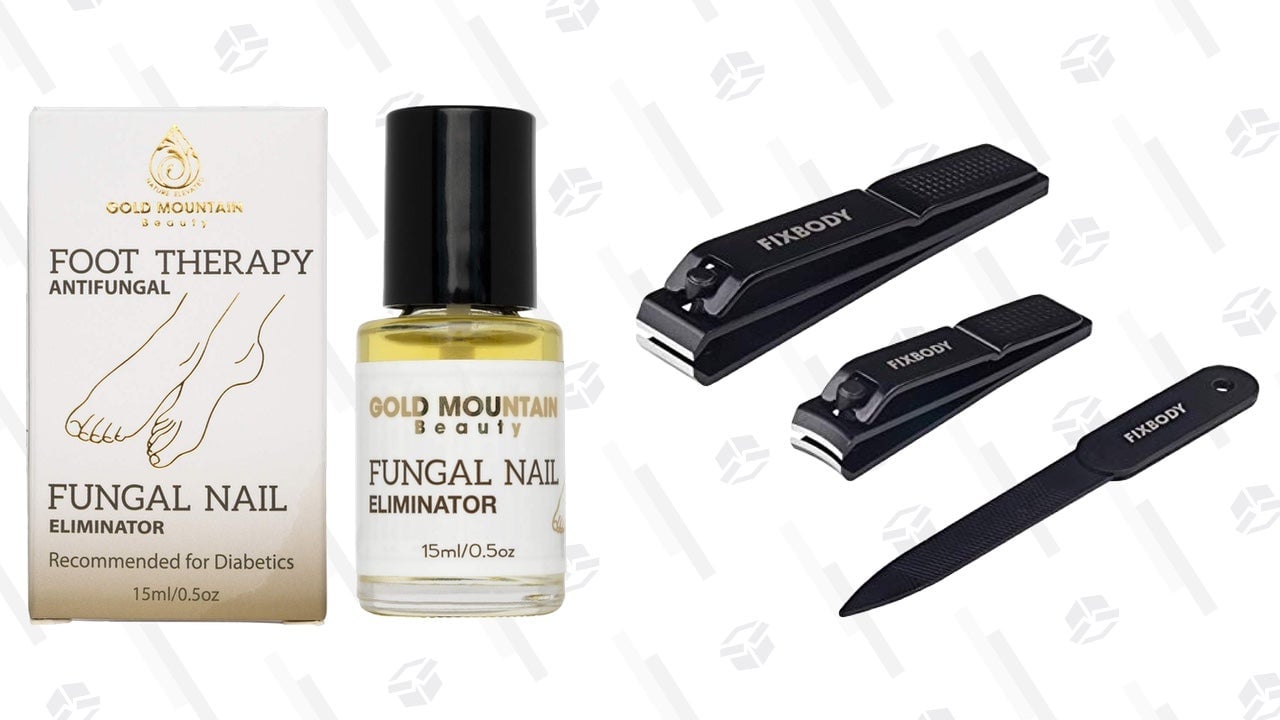
Okay everyone, we’re gonna do our best to get through this next part because <woof> here comes some gnarliness; your funky toenails, which come in so many funky forms (don’t click that link). There are black toenails and yellow toenails and toenails that have developed a fungus (OH AND THERE’S MORE FUNGUS CONTENT TO COME!). To save you from clicking that link, here are the Cliff’s Notes: If you wind up with yellow or all white nails, that means there’s a fungal issue that can be fixed with an OTC treatment; green means see your doctor; white streaks/lines or black usually means there’s been a trauma to the nail and you’re stuck with it until it grows out.
Speaking of growing your toenails out [DIES] … don’t. Keep the nails cut short by clipping them straight across with clippers, and filing the sides to prevent the nail from becoming ingrown.
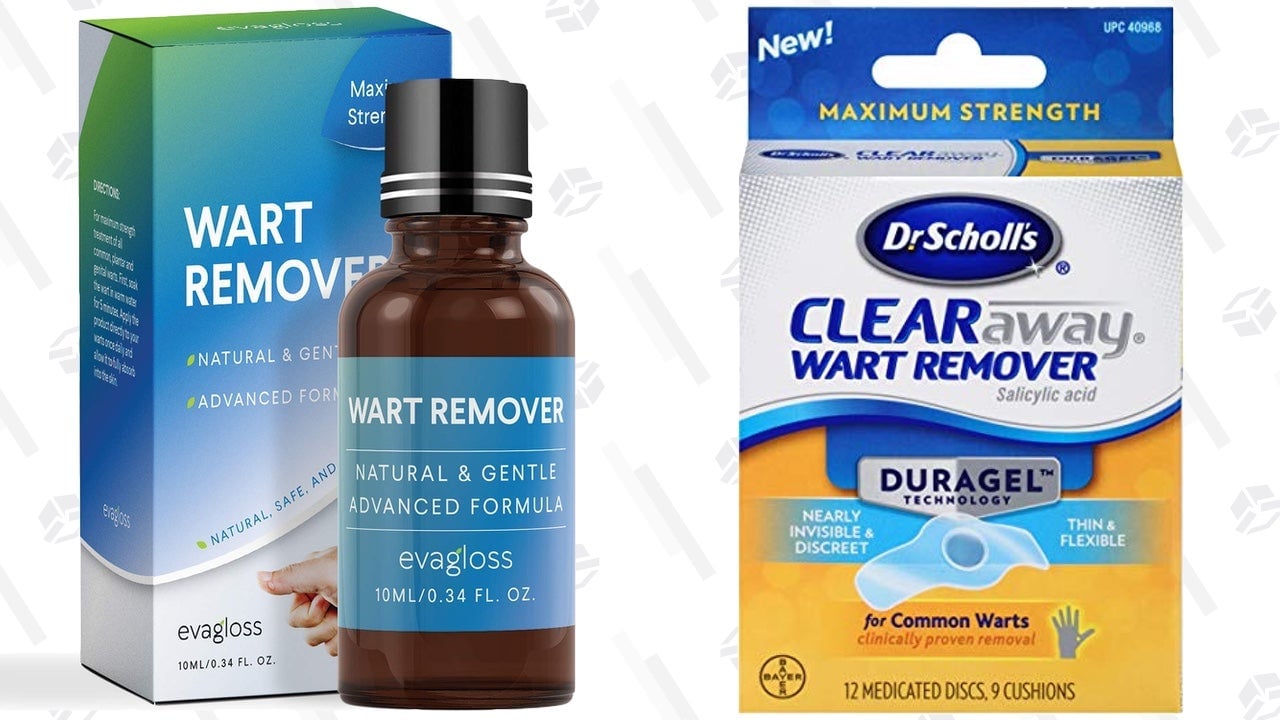
If you develop a plantar wart, the best course of action is to see your doctor to have it removed, which can be done by freezing it off with liquid nitrogen, surgical or laser removal, or topical or injected anti-viral medications. But there are also plenty of over-the-counter options, from brush-on treatments to medicated bandages, and if you’re prone to plantar warts and feel comfortable treating them on your own, that’ll be the way to go.
And let’s end this on a high note: FUNGUS! (SORRY!) When it comes to your feet, the most common fungal affliction is athlete’s foot, which can present as dry, itchy skin, burning and inflammation, scaly or cracked skin. If you have athlete’s foot, it’s extra important to practice good foot hygiene, and especially important to keep your feet dry. But the fungus still needs to be treated, and the best way to do that is to use an athlete’s foot spray like Tinactin or Lotrimin. If your athlete’s foot is mostly causing you irritation between your toes, however, you might find that a cream is a better application option for you.
Okay! Wow, you guys, I’m just really sorry about literally all of this.
